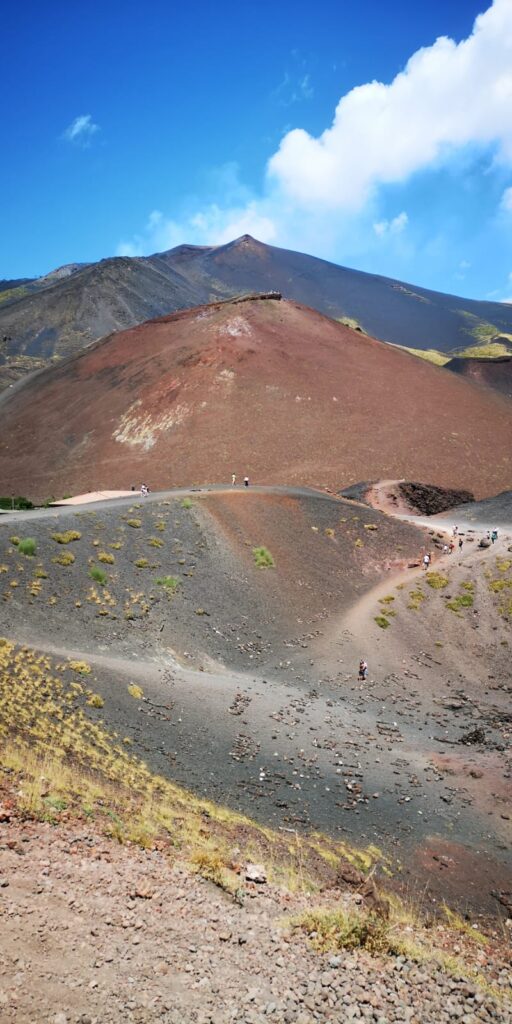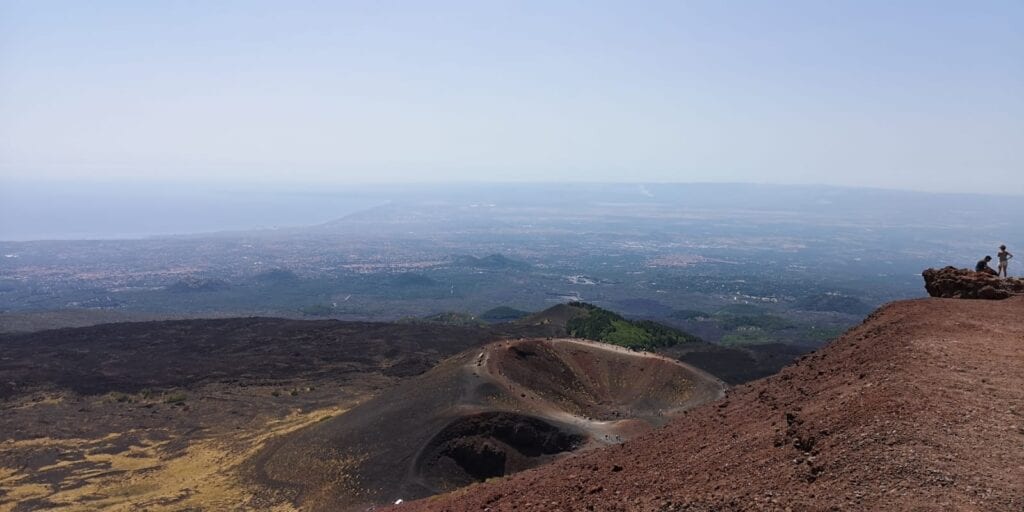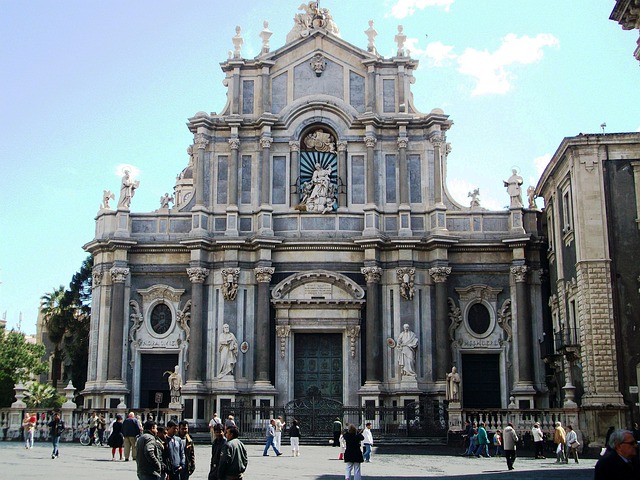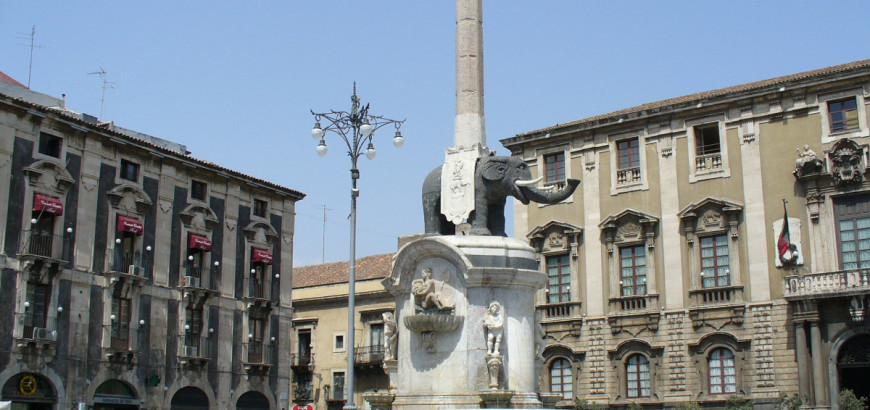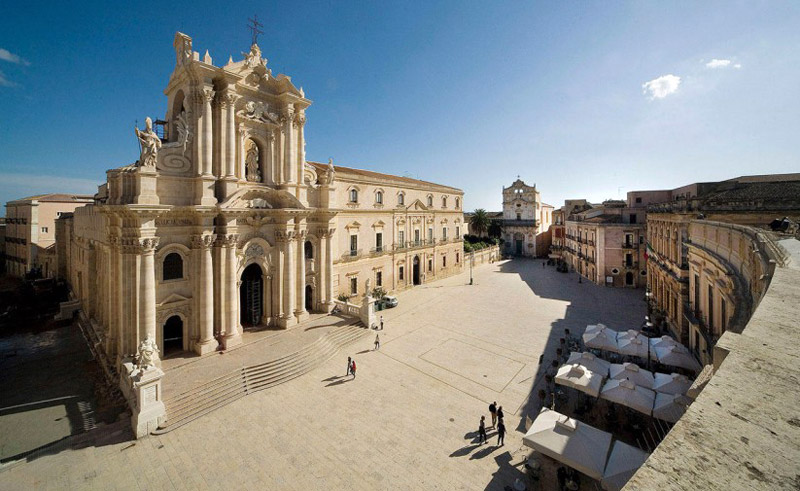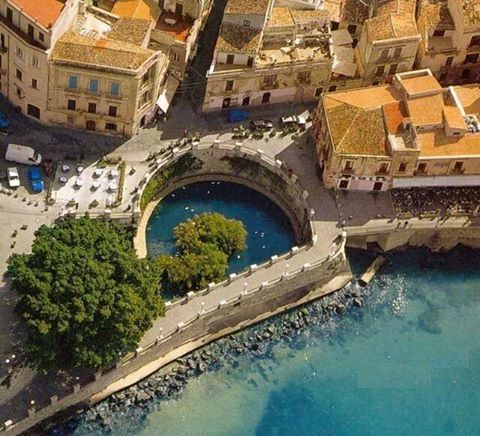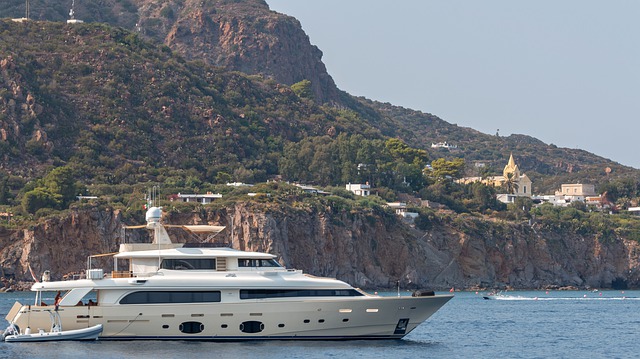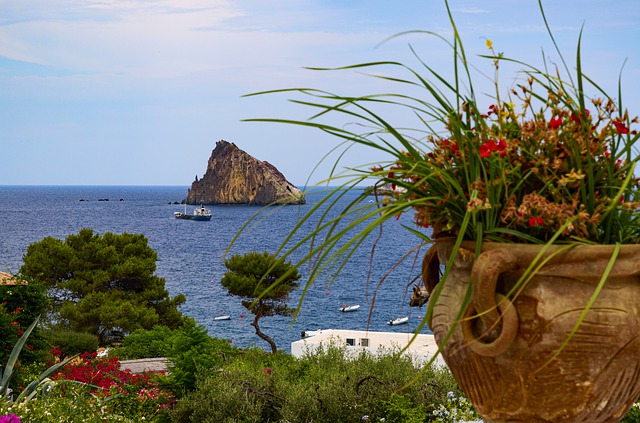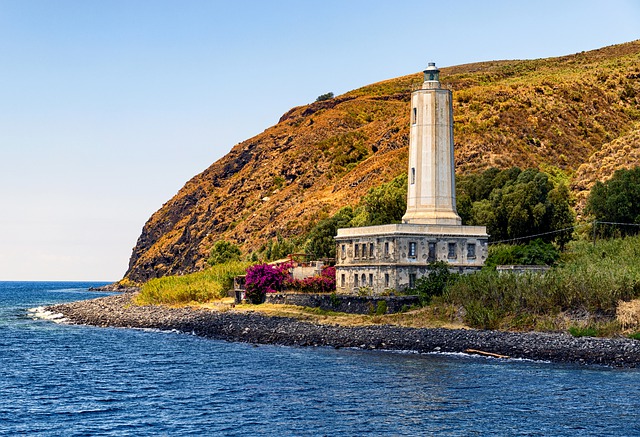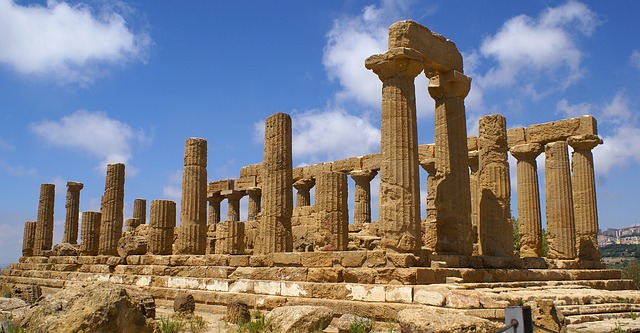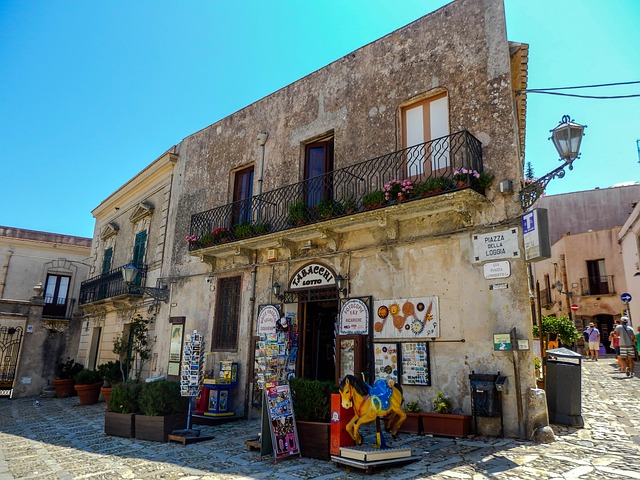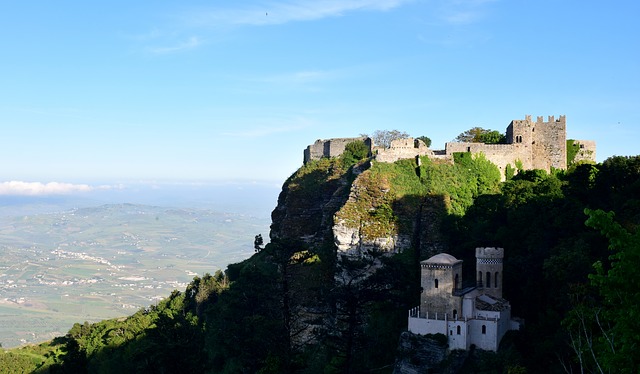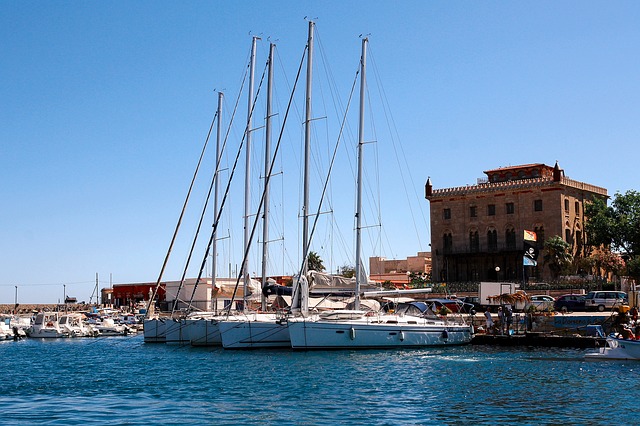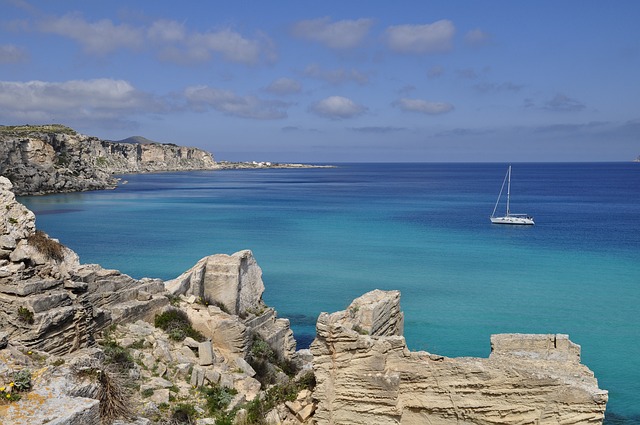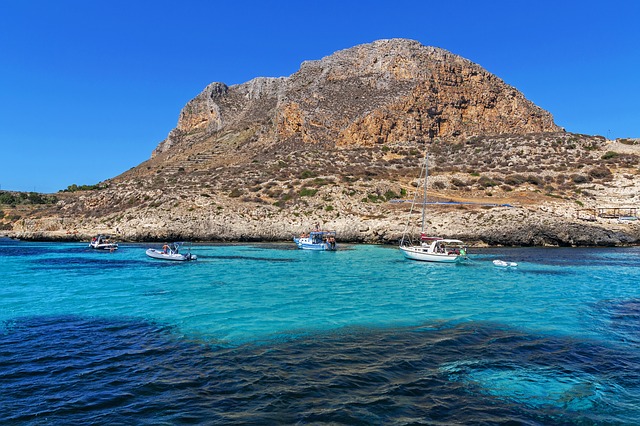If you have been active on social media these past few days, you probably came across the news that Sicily’s Tourism Board is willing to pay for some of your travel expenses if you visit the island later this year.
Sicily is the largest island in the Mediterranean and in Italy, and an amazing land rich in history and traditions. You can find not only white sandy beaches along a pristine coastline, but also plenty of archeological and cultural sites, and great food and wine spots!
So if you are thinking to visit Sicily this summer, next winter or even next year, we’ll help you make your decision with this article about the top sights in Sicily you can’t miss!
Mount Etna
The Etna volcano is impossible to miss if you are in Sicily! From Taormina or Catania, many viewpoints will allow you to admire it from a distance but you can also climb up and see its crate from up close.
Palermo
Located Northwest of the island, Palermo is the largest city in Sicily.
Don’t miss:
The Norman Palace: a UNESCO World Heritage Site, has been a seat of power in Sicily for centuries still in use today as the house of the Sicilian Regional Assembly.
Palermo Cathedral: One of the oldest churches of the city dedicated to the Assumption of the Virgin Mary. It was a mosque in Islamic times and converted into a cathedral church by Roberto the Guiscardo after the conquest of Palermo.
The Massimo Theatre: A symbol of the grandeur of the Liberty period when Palermo was so beautiful and elegant that it charmed and entertained the most coveted European courts.

The Massimo Theatre 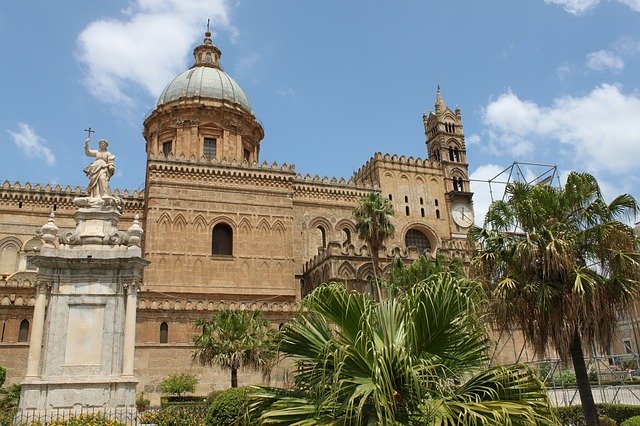
Norman Palace 
Palermo Cathedral
Bonus: 10 km away from Palermo, you will discover Monreale Cathedral, one of the most visited places due to the thousands of square meters of golden mosaics (2,200 kg of pure gold) that were used inside.
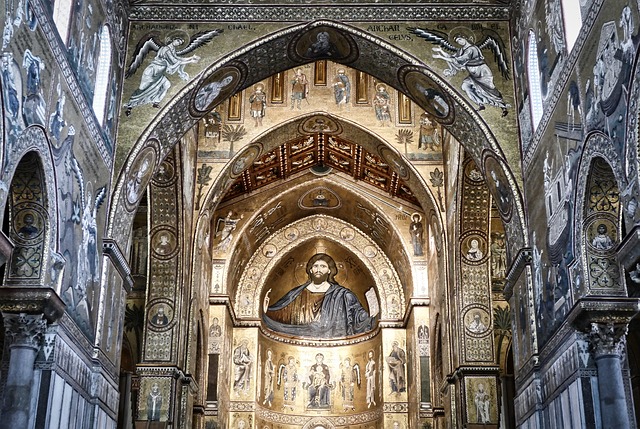
Monreale Cathedral
Taormina
Located on the east coast of the island, it’s the tourist capital of Sicily.
Don’t miss:
Isola Bella: a small island and its beach contributes greatly to the fame of the city.
Taormina Greek Theatre: the most fascinating historical monument of the “pearl of the Ionian Sea”. The greater part of the original seats have disappeared, but the wall which surrounded the whole cavea is preserved.
Piazza IX Aprile: for a beautiful view on the Etna and the sea.
Santa Madonna Della Rocca Church: located on top of a mountain overlooking Taormina that can be reached by climbing the 300 steps leading to a Bird’s-eye view of the surroundings.

Taormina Greek Theatre 
Santa Madonna Della Rocca 
Isola Bella
Catania
Located at the foot of the Etna, is the second-largest city in Sicily. Also knowns as the black city because of its buildings made of lava stone.
Don’t miss:
Piazza del Duomo: the central square of the city is a set piece of contrasting lava and limestone, surrounded by local baroque style buildings crowned by the grand Cattedrale di Sant’Agata.
Duomo Di Catania: this baroque Cathedral was dedicated to the patron saint of the city, Saint Agatha. You can find embossed on the façade “N.O.P.A.Q.V.I.E.” which stands for ‘Noli offendere Patriam Agathae quia ultrix iniuriarum est’, a promise or warning that has hung over Catania for almost 1800 years that means that Saint Agatha will revenge any injustice done by those who offend her country.
The Fontana dell’ Elefante: built of lava stone, some say the elephant’s trunk points to the Cathedral of Saint Agatha because locals in the 12th century believed it had magical powers, and would protect the city from Mount Etna’s eruptions.
Bonus: only 35 minutes from Catania you can discover the “Cyclops rocks†(Faraglioni of Aci Trezza). Three sea stacks and five rocks jutting out of the sea in front of the village, uniquely shaped by the erosion caused by water and wind for thousands of years.
Ortigia Island (Syracuse)
Ortigia is a small island which is the historical centre of the city of Syracuse.
Don’t miss:
Piazza del Duomo: located in the center of the town, it’s consider one of the most beautiful baroque squares.
The Castello Maniace: it covers the entire point of the island and is situated on the spot where a temple of Hera once stood and later served as the location for the palaces of the Greek “tyrants†of Syracuse and of the Roman administrators stood.
Arethusa fountain at sunset: a natural fountain on the island, where according to Greek mythology, the nymph Arethusa, the patron figure of ancient Syracuse, returned to earth’s surface after escaping from her undersea home in Arcadia.
Bonus: In the modern city of Syracuse, you don’t want to miss the Neapolis archaeological park. You can admire the ancient Greek Theater, where Greek tragedies are still represented during summer; the Roman Amphitheater; the Latomie, majestic stone quarries surrounded by greenery, with the famous and suggestive Orecchio di Dionisio, a deep artificial cave produced by the excavation of the quarry workers.
Noto, Modica and Ragusa
The Baroque towns of Noto, Modica, and Ragusa are all listed as UNESCO World Heritage Sites so all you have to do is stroll through the historic centers and enjoy it!

Noto 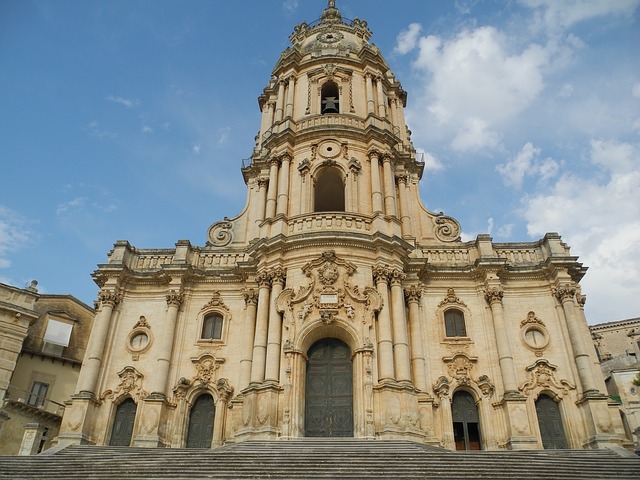
Modica 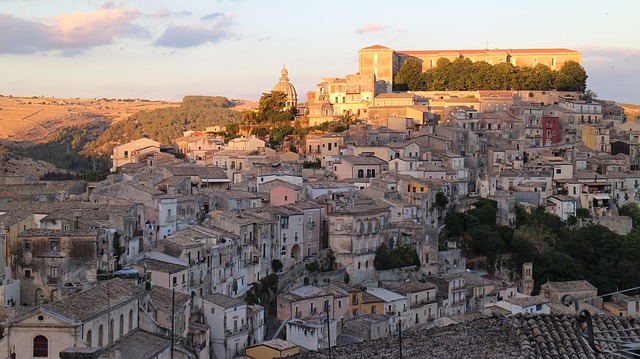
Ragusa
Aeolian Islands
Located in Northern Sicily, this volcanic archipelago is made of 7 islands and a few islets and rocks.
Each islands has its own charm and atmosphere:
Lipari is the largest, best served by boats and it has beautiful beaches.
Vulcano, famous for its beautiful volcanic landscapes and mud baths.
Stromboli, well-known for its continuously active volcano. An impressive night show you shouldn’t miss!
Salina, a less touristy option, it has some beautiful hiking trails and good restaurants to eat after activities.
The Valley of the Temples, Agrigento.
Sicily’s best known archeological site.
The Valley of the Temples is certainly the most important testimony of the ancient, classical culture of Sicily. It brings together the temples of gods goddesses as well as the area of the necropolis and sanctuaries outside the walls, with a blend of cultural environment and natural landscape.
Erice
A small medieval town built at an altitude of 750m, on top of the rocky cliff overlooking Trapani.
Don’t miss:
Erice Castle (Castello di Venere): built by the Normans who used materials from the temple of Venus in Erice, from which the castle takes its name from. From here you will have a beautiful view of the Tyrrhenian coast in the Gulf of Trapani and the tip of San Vito lo Capo at the horizon, and on the other, the port of Trapani, salt mines and the Egadi.
The 14th century medieval church: the Mother Church, dedicated to the cult of Santa Maria Assunta. Its quadrangular bell tower is embellished with mullioned windows; it is a structure with the function of defending and sighting.
Discover the charm of small medieval lanes and shops. The Maria Grammatico pastry shop, an Erice institution!
Aegadian Islands
A group of five small mountainous islands in the Mediterranean Sea off the northwest coast of Sicily. The island group consists of three islands: Favignana, Levanzo and Marettimo; and two minor islands of Maraone and Formica.
Dating back to prehistoric times, the caves on the islands of Levanzo and Favignana display wall paintings, and if you venture inside, you can still see examples of both Palaeolithic and Neolithic art.
The largest of the three main island is Favignana, located at 20 minute ferry trip from Trapani.
It’s featured in Homer’s Odyssey and is renowned as being the perfect destination for lovers of white, sandy beaches, including the popular Cala Rossa, often remarked upon as the island’s most beautiful bay.
Levanzo is the smallest of the three islands, and it has a handful of sandy beaches that are less crowded and is the perfect retreat for anyone wanting to escape the excesses of modern living
Share to
Let's start planning your next trip!
Visit our contact page, we would love to chat with you!

